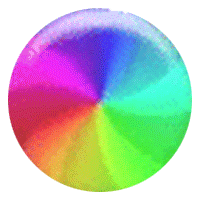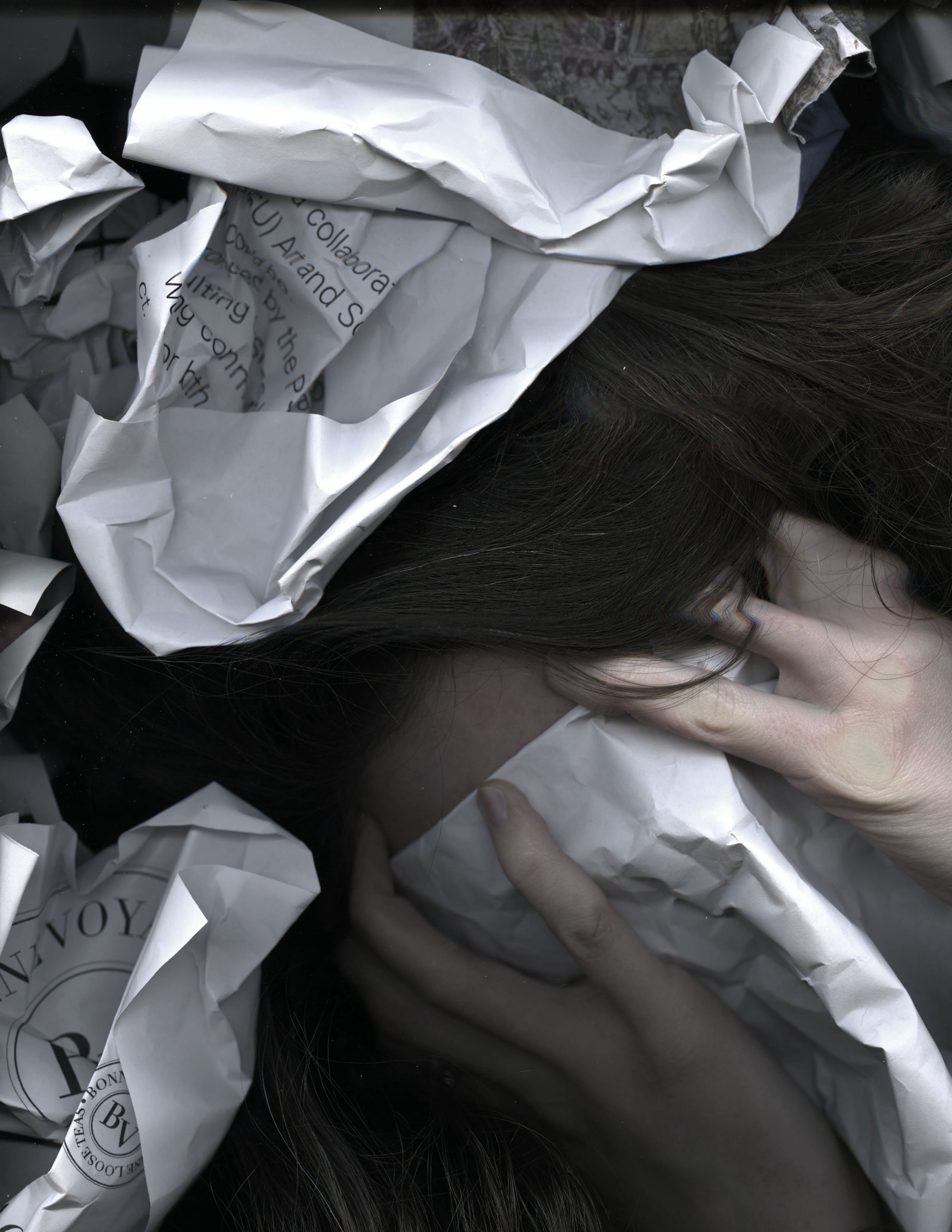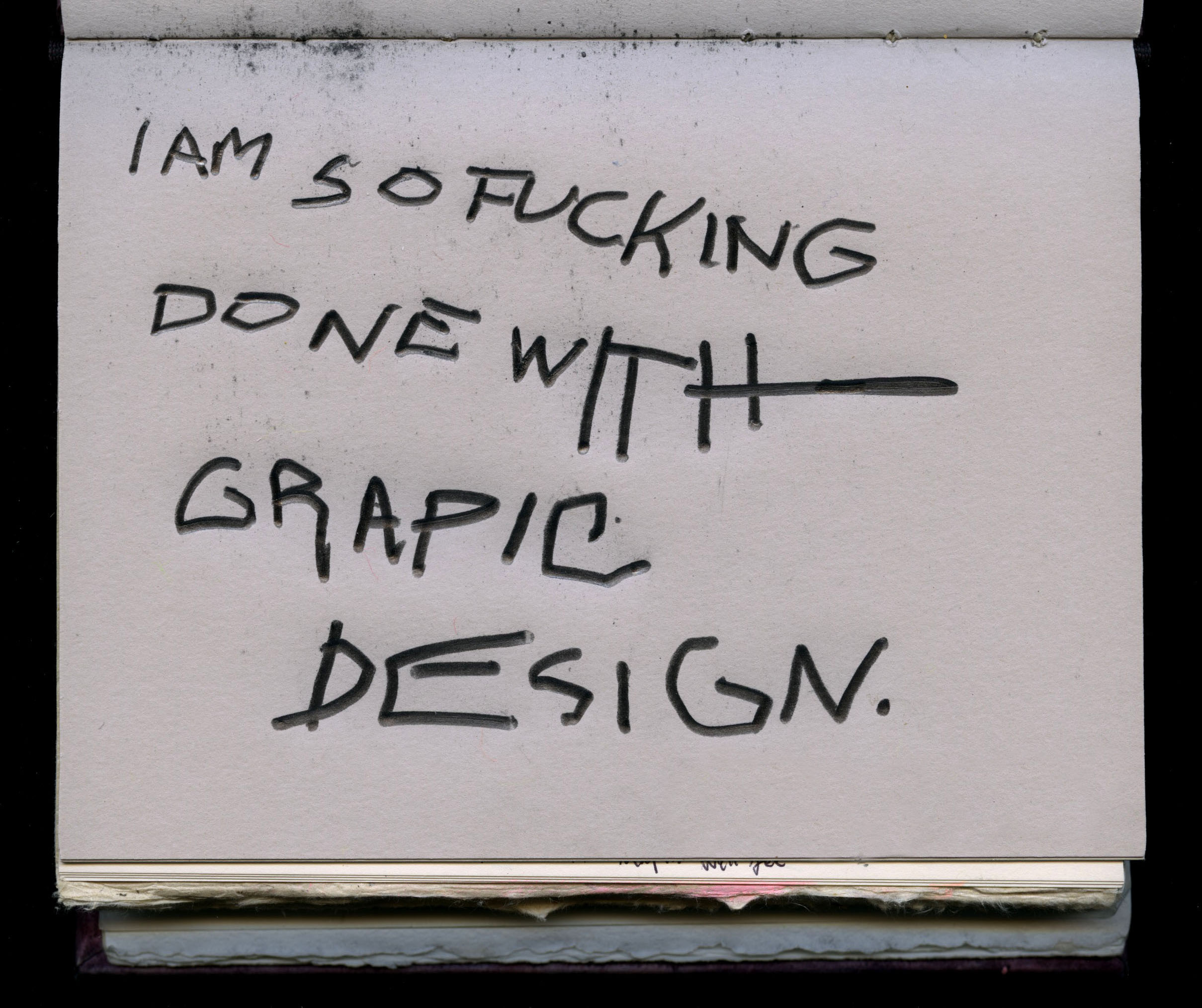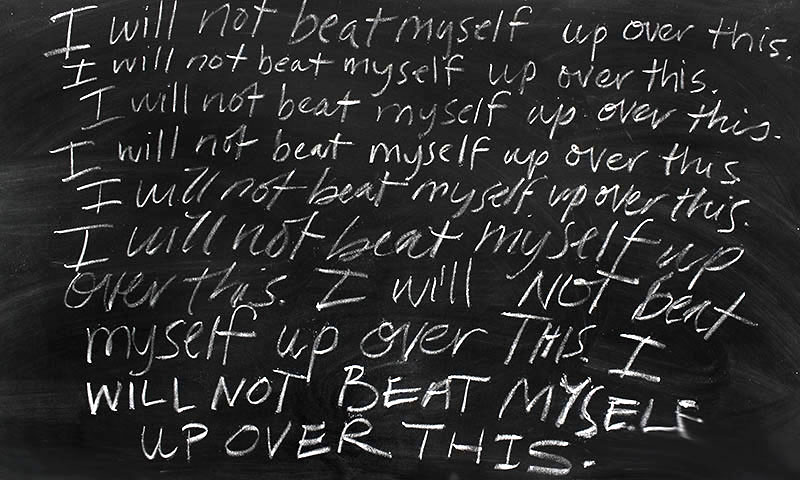
Total Meltdown triggers:
Spinning beach balls, paper jams, printers low on ink, Illustrator quitting unexpectedly, forgetting to save my work and having my computer die, computer glitches, slow and lagging InDesign, not knowing how to work something in Photoshop, having no idea why my code isn't working, 37 broken links that I have to go fix because I moved my photos to another folder, having something not print right for the 80th time—wasting all the nice paper I just bought. Technology sucks.









These freak out moments happen when it's crunch time and something inevitably goes wrong. When, I swear, I can’t even print black ink on white 8.5 × 11 printer paper. One memorable freak out moment for me was in my junior year when this very honest and angry journal entry happened:


The reason: some printing disaster (I can’t remember exactly what went wrong). I was just so frustrated that technology was not working in my favor, that I was wasting time, and despite every effort I was making, my design—which had always lived inside of a computer—could not be made real through the process of printing it out.1 So I took out my frustration on a real piece of paper with a real pencil. This journal entry is actually one of the things that inspired me to do this very project.
At the time I wrote this I also had the wrong assumption that my entire career as a graphic designer would continue to be this frustrating. I imagined getting a job where I'd print something out and fail just as miserably as I did that day.
Thankfully, though, that's not the case. It's helpful to take a moment to remember that one day, you won't have to do everything yourself. Students operate in an alternate universe where everything is done individually—having to be every person in the process from the art director and designer, to the printer, writer and website developer. But in the real world, teams of people work on projects collaboratively, as each person contributes according to his or her strengths and skill sets.
One day, you won't have to be the only person responsible for everything.
My problem was that I always went around with the wrong impression that each and every project was so incredibly important—that I beat myself up every time something went wrong. But when you’re a designer that really CARES about your work turning out well, it’s going to take a lot more than computer issues—for you to really, really fail. Back then I needed someone telling me: You're only in college and this is only one project, for one class. You're going to make it.
My friend Sarah is not a designer, but is somehow able to keep her cool at all times. It amazes me. I try to harness that "If it doesn't work out, it doesn't work out" attitude every time I find myself close to having a total meltdown... Here’s some tips I’ve learned from her for managing varying levels of extreme frustration:
1.
Separate yourself from your project. Your success is dependent on a million different things and this is just one little thing. Your project doesn’t even begin to define you.
2.
Things will be more pleasant for you if you decide to stay calm.
3.
Realize that shit happens and expect it to happen before you even begin. That way if nothing goes wrong you can be pleasantly surprised. Don’t anticipate disaster wherever you go (this can result in being overly rude to Kinko’s workers), but be prepared to problem solve on the fly.
4.
You’ll never get what you want in life if you can’t be nice to people.
5.
Remember that printers and computers and technology are machines and not humans. If something’s not working right, it’s because you don’t understand what the problem is.
6.
It’s okay to have a good cry. Crying relieves stress. Cleaning relieves stress too, by the way.
7.
Sometimes it's completely acceptable to blame your frustration on lack of sleep, hydration, food, rest, exercise, laughter, etc, etc.
8.
It's also acceptable to ask for help when you need it. Reach out to other people. Don't make the mistake of thinking that you're the only person who's ever faced these issues (whatever it may be).